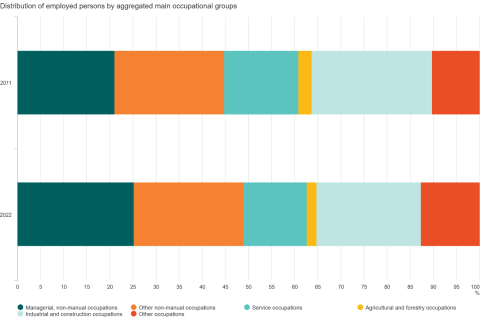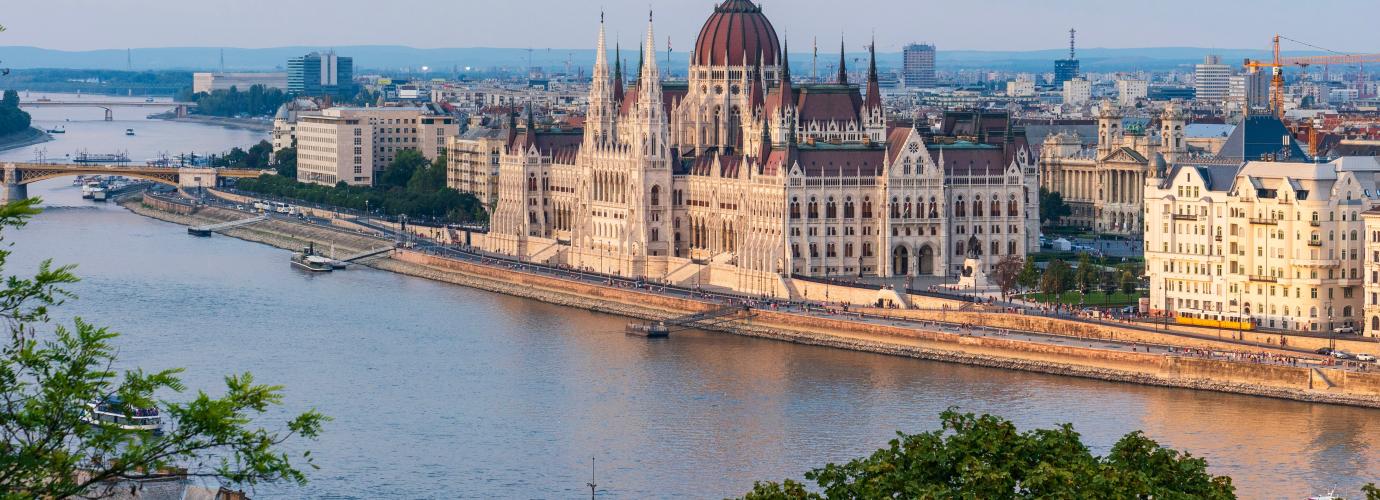Political and economic situation
The last parliamentary elections were held in 2022. For the fourth time since 2010, the ruling party won a two-thirds majority, with 135 out of 199 mandates. The government has 13 ministries and government commissioners are responsible for specific areas.
The country's economic performance improved after the 2008 economic crisis, but has been struggling since the slowdown caused by the COVID epidemic in 2020.

|
| Source: Hungarian Central Statistical Office – Data on GDP (Az egy főre jutó bruttó hazai termék (GDP) értéke és volumenindexe) |
In recent years, Hungary has spent 5% of its GDP on education (4.7-5.1% per year). While the share of expenditure on higher education has increased significantly in recent years (from 0.9% to 1.9%), the share of expenditure on basic education (1.2%-1.0%) and secondary education (2.1%-1.4%) has decreased. The share of other expenditure has not changed significantly (Eurostat; last accessed 20.02.2025).
In 2024, the law on teachers' new career paths (2023. évi LII. törvény a pedagógusok új életpályájáról) came into force, accompanied by a significant increase in salaries, followed by further increases in several stages. It is the government's intention that teachers' salaries will exceed 80% of the average salary of higher education graduates by 2026.
Educational attainment, qualifications and occupation of the adult population
At the time of the 2022 census, 22% of the adult population (15 years and over) had a higher education degree, 5% more than in 2011. 33% of the population had upper secondary school leaving certificates. The proportion of people with no more than primary education (grade 8) was 23%, and the proportion with a vocational qualification without a school leaving certificate was 21%, with men still dominating the latter. The educational attainment of women has increased over the past decades at a higher rate than that of men. The proportion of people of working age with a higher educational qualification is 44% in the capital, almost 33% in rural towns and 15% in villages.

Due to the introduction of compulsory pre-school education, Hungary has a high rate of enrolment in early childhood education, with 92.6% of children aged 3-6 attending kindergarten in 2022. Participation in higher education is below the EU average. 28.5% of 20-24 year olds were enrolled in higher education at the time of the census.

In line with the increase in educational attainment, the share of managerial and non-manual occupations with high intellectual added value has increased by 4% by 2022 compared to 2011. The share of other non-manual occupations remained unchanged. The share of those working in services, industry and construction, and agriculture and forestry has decreased. The share of those in simple manual occupations has increased slightly since 2011.
| Distribution of employed persons |

|

